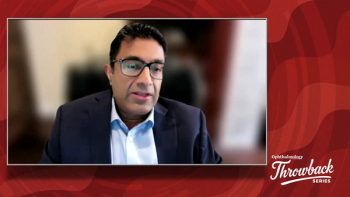
SriniVas R. Sadda, MD, FARVO, recalls a residency case that highlights the transformative impact of OCT and OCT angiography.

SriniVas R. Sadda, MD, FARVO, recalls a residency case that highlights the transformative impact of OCT and OCT angiography.
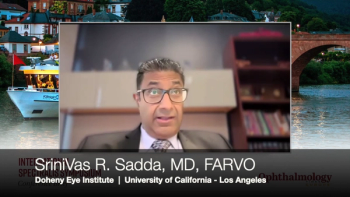
Improved axial resolution allows clearer visualization of early atrophic changes, including iRORA vs cRORA differentiation, as shared at the Heidelberg 2025 International SPECTRALIS Symposium – And Beyond (ISS).
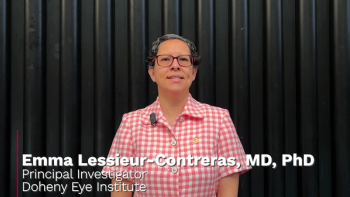
At ARVO 2025, in Salt Lake City, Utah, Emma Lessieur-Contreras, MD, PhD, talked about her poster on retina extracellular vesicles, and the role that they play on diabetic retinopathy.
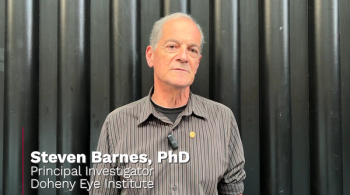
At ARVO 2025, in Salt Lake City, Utah, Steven Barnes, PhD, talked about his research on the OPA1 mutation in retinal ganglion cells' effect on the cell's electrical function.
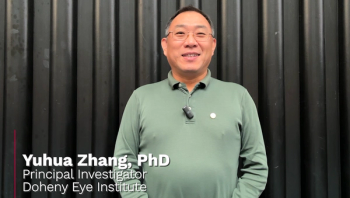
At ARVO 2025, in Salt Lake City, Utah, Yuhua Zhang, PhD, talked about his presentation on in vivo imaging of retinal pigment epithelium metabolic function in age-related macular degeneration
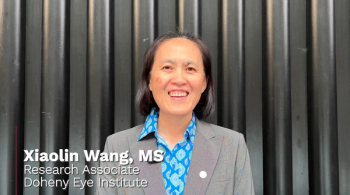
At ARVO 2025, in Salt Lake City, Utah, Xiaolin Wang, MS, talked about her presentation on in vivo imaging of retinal pigment epithelium metabolic function in AMD.
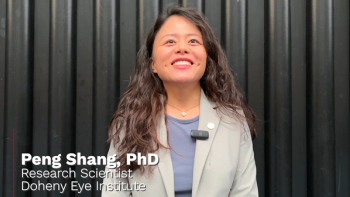
At ARVO 2025, in Salt Lake City, Utah, Peng Shang, PhD, talked about her presentation on how the Y402H polymorphism of Complement Factor H (CFH), a major genetic risk factor for AMD, and chronic oxidative stress affect the lipid profile of retinal pigment epithelial (RPE) cells.
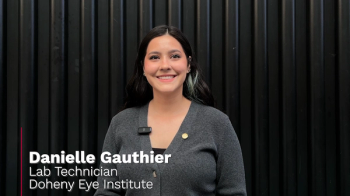
At ARVO 2025, in Salt Lake City, Utah, Danielle Gauthier talked about her poster on autosomal dominant Alzheimer disease in relation to optic nerve head drusen.
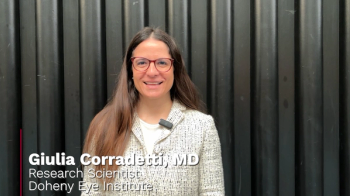
Giullia Coradetti, MD, offered insight into her research on a post-hoc analysis based on the GATHER 2 clinical trial data for geographic atrophy and age-related macular degeneration.

A look at the latest advances from flash photography to AI-driven OCT
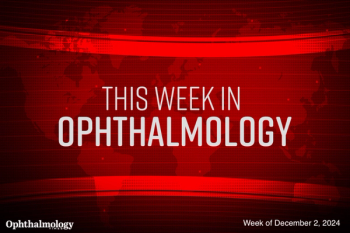
This Week in Ophthalmology is a video series highlighting some of the top articles featured on the Ophthalmology Times website.
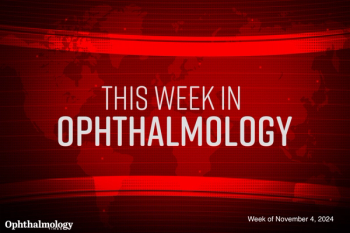
This Week in Ophthalmology is a weekly video series highlighting some of the top articles featured on the Ophthalmology Times website.
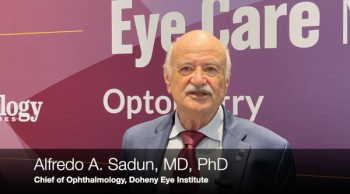
Alfredo Sadun, MD, PhD, is the chief of Ophthalmology at the Doheny Eye Institute of UCLA. At this year's AAO meeting held in Chicago, Illinois, he stopped by the Eye Care Network booth to share insights from the symposium "Professional Longevity 2.0: Assessing the Ophthalmologist," which he presented during.
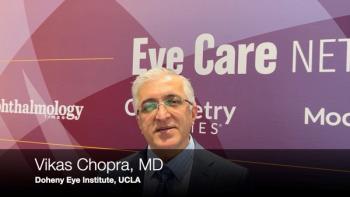
Vikas Chopra, MD, led a course on minimally invasive glaucoma surgery (MIGS) and its impact on glaucoma care. He explained that MIGS enables ophthalmologists to intervene earlier and more safely, which can lead to better outcomes for patients.
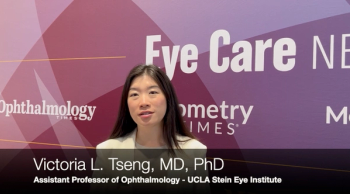
Victoria L Tseng, MD, PhD, assistant professor of ophthalmology and a glaucoma specialist at UCLA and scientist at Doheny Eye Institute, spoke with the Eye Care Network at this year's AAO meeting about the "Glaucoma Original Papers" session and discussed the papers presented in the session by Giovanni Montesano, MD; Jason D Horowitz, MD; Christopher M Edwards, BS; Eamonn Thomas Fahy, BMBCH; Kiana Tavakoli, MD; Hani El Helwe, MD; and Joseph F Panarelli, MD.
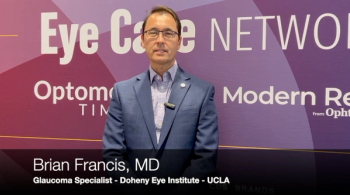
Brian Francis, MD, from the Doheny Eye Institute and the UCLA Department of Ophthalmology, shared insights on MIGS techniques and the labs and didactic available while at this year's AAO meeting held in Chicago, Illinois.
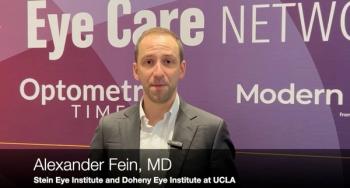
Alexander Fein, MD, spoke with the Eye Care Network to share how to approach a patient presenting with transient vision loss, what this type of vision loss can mean, and what additional testing might be needed to determine the best plan for care.
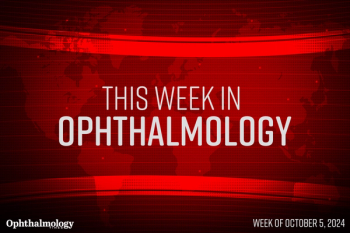
This Week in Ophthalmology is a video series highlighting some of the top articles featured on the Ophthalmology Times website.

Ten of the institute's ophthalmologists will present their work in more than 20 sessions with a wide range of topics

In a study, a team of UCLA investigators detail a deep-learning model pre-trained on 2D scans that accurately predicts disease-risk factors from 3D medical-scan modalities.
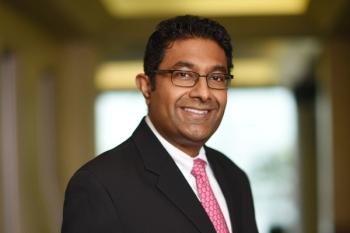
Sadda is the second person to serve as chair. The first chairholder was John Irvine, MD, who was appointed to the role in 2001.

Presenters from around the world converge on the Pacific Northwest to highlight innovation.
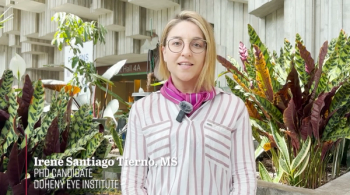
At this year's ARVO meeting, Irene Santiago Tierno, MS, talked with Ophthalmology Times about the paper she presented on how abnormal subendothelial matrix exacerbates choroidal endothelial cell death in early age-related macular degeneration.
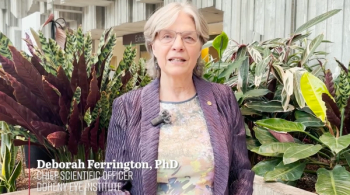
At this year's ARVO meeting, Deborah A. Ferrington, PhD, presented "Genotype-specific differences in mitochondrial function specific to the CFH Y402H risk allele associated with AMD."
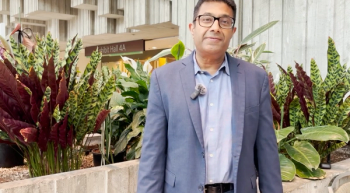
SriniVas R Sadda, MD, presented "Post Hoc Analysis of a Phase 3 Trial on SB15 (Proposed Aflibercept Biosimilar): Assessment on Pre-to-Post Switching Efficacy and Safety in Neovascular Age-related Macular Degeneration."
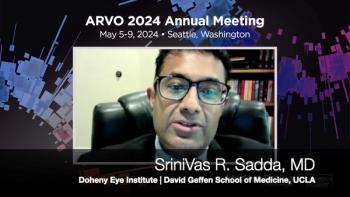
Sadda discusses his goals for ARVO, focusing on enhancing the organization's role in promoting scientific exchange in vision research. He underscores the significance of the annual meetings for networking and driving innovation in ophthalmology.
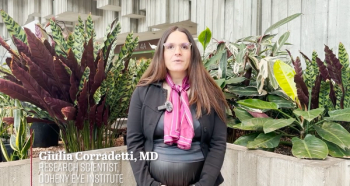
In a conversation with the Eye Care Network at ARVO, Corradetti, a research scientist at Doheny Eye Institute, explained the key findings from her work.

More companies have released information on presentations related to their pipelines and new data at the ARVO 2024 conference.
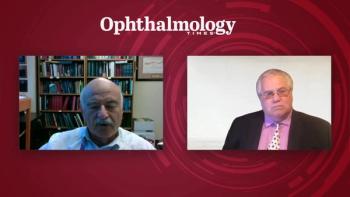
Scientists at the Doheny Eye Institute, in collaboration with UCLA chemists, demonstrate how a single gene mutation in an enzyme complex known to produce the energy required by cells causes a sudden, blinding disease.
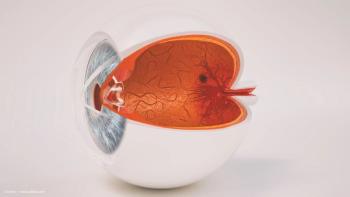
Increased levels of p-tau181 and p-tau127 and a decreasing cerebrospinal fluid Aβ42/40 ratio better defines progression from preclinical to manifest Alzheimer’s disease.